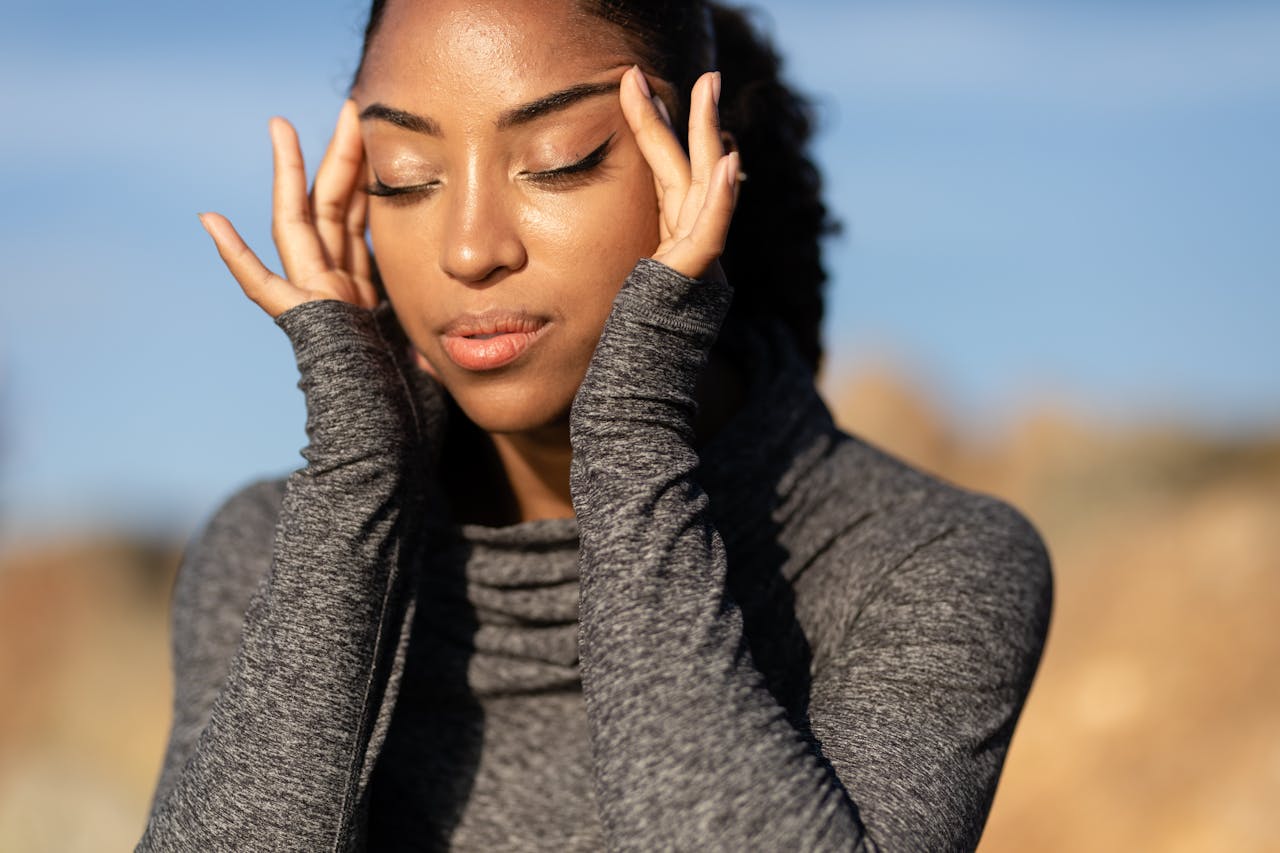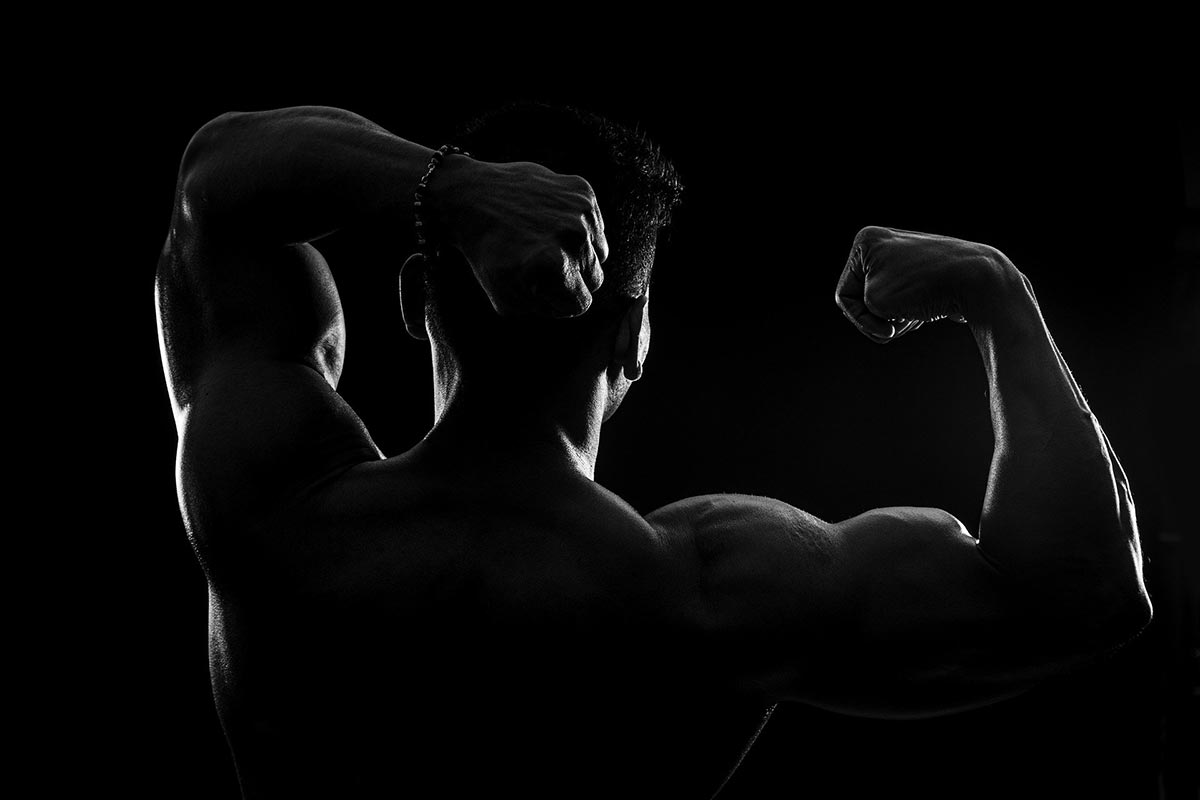Understanding the Different Types of Headaches: Headaches are generally classified into three main types: tension-type headaches, migraines, and cluster headaches. Tension-type headaches are the most common, often causing a persistent, dull ache on both sides of the head. Migraines, on the other hand, are intense, throbbing headaches that usually affect one side of the head and can be accompanied by nausea, vomiting, and heightened sensitivity to light and sound. Cluster headaches, though less frequent, are the most painful, characterized by sharp, stabbing pain around one eye, often occurring in cyclical patterns.
What Triggers Headaches?
The physiological mechanisms behind headaches are still not fully understood. However, researchers have identified several triggers that can provoke headaches in athletes. Dehydration, inadequate nutrition, poor sleep, and excessive physical exertion are common culprits. Exercise-induced headaches occur due to increased blood flow and dilation of blood vessels in the brain, which can lead to throbbing pain. These headaches can be either primary (benign) or secondary (indicative of an underlying condition), making it crucial to differentiate between the two.
Physical activity plays a dual role in relation to headaches. While high-intensity exercise can trigger headaches in some individuals, regular aerobic exercise has been shown to reduce their frequency and severity by up to 50%. The release of endorphins and serotonin, which act as natural pain relievers and mood stabilizers, contributes to this beneficial effect. However, athletes prone to migraines should avoid sudden, intense exertion and ensure proper hydration and warm-up routines.
Strength Training and Tension Headaches
Strength training and tension headaches are often linked, especially when exercises are performed with poor form or excessive strain. One common cause is improper breathing—holding one’s breath during heavy lifts (a phenomenon known as the Valsalva maneuver) can increase intracranial pressure, triggering headaches. Additionally, insufficient warm-ups, muscle imbalances, and poor posture can contribute to excessive tension in the neck, shoulders, and upper back, leading to discomfort and headache development. Overtraining without adequate recovery can further exacerbate the problem, as fatigued muscles are more prone to tightness and strain. To minimize the risk, it’s crucial to practice proper breathing techniques, maintain good posture, gradually increase workout intensity, and allow sufficient recovery time between sessions.
Understanding Exercise-Induced Migraines
Although the exact cause of migraines remains unknown, inflammation and blood vessel dilation in the brain appear to be key contributors. Exercise-induced migraines can occur during or after intense physical activity, often triggered by dehydration, sudden exertion, or extreme environmental conditions. Common symptoms include throbbing head pain, nausea, visual disturbances, and sensitivity to light or sound.
Athletes susceptible to migraines should take preventive measures such as staying well-hydrated, maintaining stable blood sugar levels, avoiding extreme temperatures, and engaging in gradual warm-ups before strenuous workouts. Proper breathing techniques and controlled intensity adjustments can also help reduce the risk. In some cases, doctors may recommend pre-exercise medication or supplements to minimize the likelihood of migraine onset. Keeping a migraine diary to identify personal triggers and patterns can further aid in prevention and management.
Warning Signs: While most headaches are harmless, some may indicate a more serious medical condition. Symptoms such as sudden, severe pain, numbness, blurred vision, dizziness, or memory loss should not be ignored. If headaches increase in frequency or intensity, medical evaluation is necessary to rule out underlying issues such as vascular disorders, brain tumors, or neurological conditions.
Identifying and Managing Personal Triggers
Keeping a headache diary can help athletes identify personal triggers and patterns. Recording information about diet, hydration levels, sleep quality, stress levels, and workout intensity can reveal potential headache triggers. By recognizing these factors, individuals can take proactive steps to minimize headache occurrences.
Age plays a significant role in headache prevalence. Studies show that younger individuals, particularly those under 34, are more likely to experience frequent headaches than older adults. Children can suffer from migraines and tension headaches similar to adults, though their symptoms may present differently. Interestingly, after the age of 65, the likelihood of experiencing headaches decreases significantly.
Cold-Induced Headaches: The Brain Freeze Phenomenon
Eating or drinking something very cold too quickly can lead to an "ice cream headache," also known as brain freeze. This occurs when the rapid cooling of the roof of the mouth leads to a sudden constriction and subsequent dilation of blood vessels, causing sharp, short-lived pain. Eating cold foods slowly can help reduce the chances of experiencing this discomfort.
Understanding the link between headaches and physical activity is crucial for athletes aiming to maintain peak performance. By identifying triggers, adopting appropriate exercise routines, and implementing preventive strategies, athletes can minimize headaches and enhance their overall well-being. Proper hydration, gradual warm-ups, good posture, and recognizing warning signs are key components of headache management in physically active individuals.












